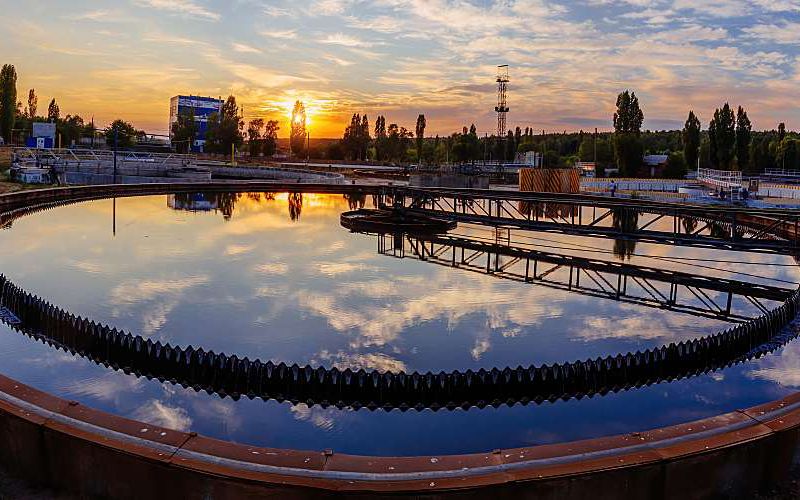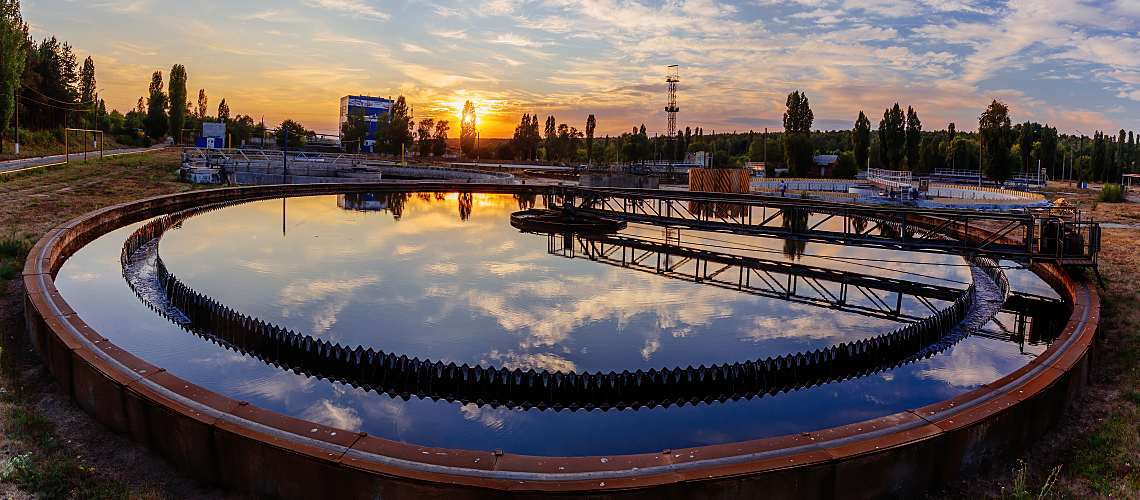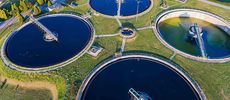CDC Releases New Wastewater Surveillance Sampling and Testing Guidance


The Centers for Disease Control and Prevention (CDC) issued new guidance on wastewater-based disease surveillance that includes considerations for sample collection and testing. Released online on November 23, the information highlights how this type of targeted COVID-19 surveillance can provide communities with a better understanding of SARS-CoV-2 infections in a particular area.
Close collaboration among laboratories, water utilities, public health officials, and the CDC can help health departments respond faster and more effectively to COVID-19 outbreaks. In order to become National Wastewater Surveillance System (NWSS) partners, environmental testing laboratories will need to follow the agency's latest recommendations. Announced in August, NWSS is a public health tool developed by the CDC and the Department of Health and Human Services.
Wastewater surveillance doesn't replace clinical testing but has been used as an early warning system for COVID-19 outbreaks. Over the summer, the University of Arizona used this method to catch asymptomatic cases early. In early December, WKYC reported that the Ohio Department of Health issued a warning to Cuyahoga County health officials when testing showed higher levels of the virus in samples from local treatment plants.
Learn more about how IDEXX supports public health with new SARS-CoV-2 RT-PCR test for wastewater
At a time when the country faces staggeringly high COVID-19 cases, hospitalizations, and deaths, even a few days' advanced notice could protect lives. Water testing labs play a critical role in the response.
Support a Smart Sample Strategy
"Knowing the virus is present in wastewater can be an important indicator when monitoring higher-risk communities with no known case-patients," notes the CDC's latest guidance. "However, not detecting viral RNA in wastewater can never be used to rule out the presence of infections in a community."
COVID-19 wastewater surveillance sampling can also help state, tribal, local, and territorial public health officials monitor SARS-CoV-2 concentration trends within a watershed over time. These trends have been shown to lead new reported case trends by days, the agency pointed out. This becomes particularly useful when new case numbers are fluctuating or when evaluating community mitigation efforts.
The CDC urges public health professionals developing a wastewater surveillance strategy for their community to consider where to sample, how often to sample, what to sample, how to sample, and how to safely collect, store, and ship the resulting samples. Detecting wastewater trends requires at least three samples from either untreated wastewater or primary sludge.
Providing local officials with clear information about the laboratory's testing capacity and any supply chain factors that might affect the community's maximum sampling frequency will support an effective strategy. For plans involving primary sludge sampling, the CDC cautioned that some increased compound concentrations can interfere with lab methods.
Note the Key Sample Collection Factors
The CDC discusses two sample collection methods that each have important considerations: grab and composite. Grab samples don't need automated equipment and can be collected quickly, but they only represent one moment in time and are subject to daily fluctuations in flow and composition, the agency says.
Composite samples, however, come from "pooling multiple grab samples at a specified frequency over a set time period—typically 24 hours for wastewater surveillance." This can be done manually or with an automated sampler. The agency adds that using continuous composite samplers rather than flow-weighted ones may collect samples that better represent the community contributing to the sewershed.
Although volume will depend on the sample type, the CDC suggests that 1 liter of a composite wastewater sample or 100 milliliters of a grab primary sludge sample should be enough to test.
"The maximum amount of sludge solids that may be directly extracted is typically around 2 grams. The remaining sample volume (if any) can be used for repeat measurement or to assess biological variability," the guidance says. "Concentrating more than 1 liter of wastewater may result in poor recovery or viral signal inhibition."
Ensure Comparable Results
Laboratory controls allow SARS-CoV-2 RNA wastewater concentrations to be compared over time and across wastewater sources, the CDC points out. The agency recommends these five types of measurement laboratory controls:
- Matrix recovery control
- Human fecal normalization
- Quantitative measurement controls
- Inhibition assessment
- Negative controls
In addition, the CDC recommends conducting bioaerosol-generating processes in accordance with Biosafety Level 2 guidelines. Heat pasteurization of the samples lowers biosafety risks during processing, the agency adds, although several unknowns remain.
Become an NWSS Partner
Being an NWSS partner means that your lab has the capacity to collect data for public health interpretation. The way the system works is that utilities collect samples and send them to environmental labs for SARS-CoV-2 testing. Testing data goes to participating health departments, which submit data to the CDC through a dedicated portal on the Data Collation and Integration for Public Health Event Response platform.
The agency analyzes the data in real time and shares the results with the participating health department, giving officials a key tool in their COVID-19 response toolbox. When used alongside other strategies, such as case surveillance, targeted wastewater testing can save communities money and time and provide focused monitoring for higher-risk populations.
Water testing laboratories are an essential part of the pandemic response. By collaborating closely with health departments, utilities, and federal agencies, your lab could make an enormous difference in vanquishing the virus.






